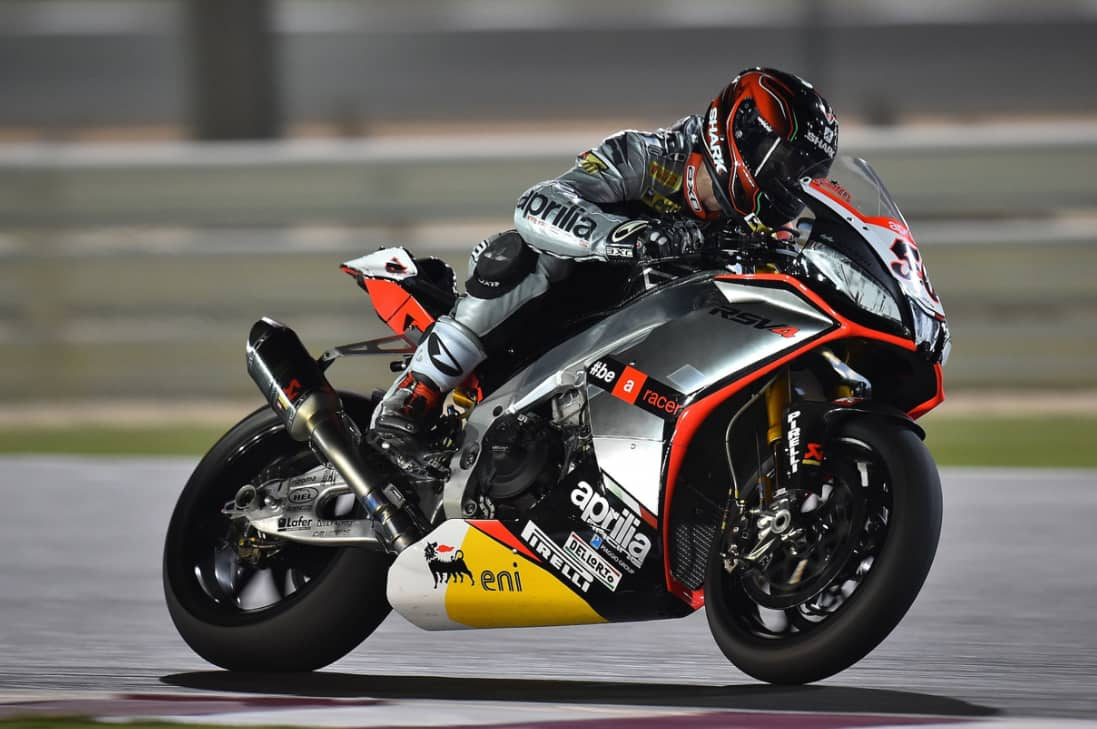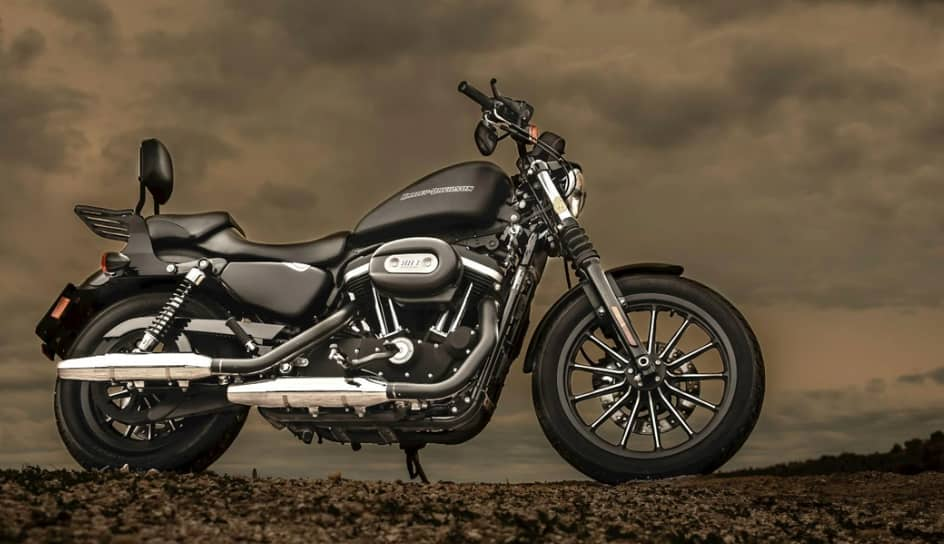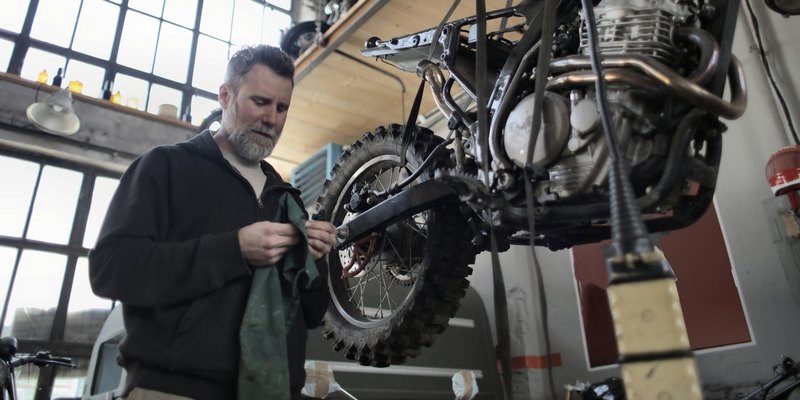Ninja 650 Top Speed: A Fusion of Power

The Kawasaki Ninja 650, a remarkable motorcycle in Kawasaki’s lineup, stands out for its impressive acceleration, achieving 0 to 60 mph in just 3.53 seconds and 100 km/h in 3.92 seconds. Known for its versatility and reliability, the Ninja 650, also identified as the Kawasaki ER6, has enjoyed a long-standing presence on the road, available in various models over the years. Its engine, celebrated for widespread use and adaptability, powers a multitude of motorcycles, making it one of the most recognized engines in its class.
Dominance in Entry-Level Motorcycles: What About Ninja 650 Top Speed?
Kawasaki’s strategic positioning in the entry-level motorcycle segment is underscored by its comprehensive array of models, tailored to cater to a wide range of riders. This lineup showcases Kawasaki’s commitment to accessibility, performance, and innovation, particularly for those new to motorcycling or seeking a reliable, cost-effective ride. The core of this strategy and the heart of several Kawasaki models, including the Ninja 650, is the parallel two-cylinder engine configuration. This engine choice reflects a well-considered balance between operational reliability and production cost-efficiency, making Kawasaki motorcycles appealing to a broad demographic. However, this practical approach comes with a trade-off in the form of the engine’s sound profile, which lacks the distinctive auditory character of the 90-degree twin-cylinder engines.
- Ninja 250: A gateway into the world of motorcycling, offering a blend of manageability for beginners and enough performance for experienced riders to enjoy;
- Ninja 300: Serves as a step-up from the 250, providing increased power and a more engaging riding experience while still being accessible to newcomers;
- Ninja 400: Marks a significant uptick in performance within the entry-level range, boasting a powerful engine in a lightweight chassis for thrilling rides without being overly intimidating;
- Naked Counterparts: Kawasaki also offers naked versions of these models, catering to riders who prefer a more stripped-down aesthetic and an upright riding position, without compromising on performance.
These motorcycles represent Kawasaki’s adeptness in creating a spectrum of entry-level bikes that not only appeal to new riders but also retain the interest of those looking to progress. The parallel two-cylinder engine, central to these models, is a testament to Kawasaki’s engineering philosophy. It prioritizes reliability and cost-effectiveness while ensuring a level of performance that meets the diverse needs and expectations of riders worldwide. Yet, the choice of this engine configuration, while economically sound and technically reliable, does result in a less exhilarating sound, a minor concession for an otherwise impressive lineup.
Competitive Landscape and Engine Performance
The Ninja 650 competes in a crowded field, going head-to-head with models such as Kawasaki’s Ninja 400, the MT-07, SV650, and the Honda CBR650R, which leads in class performance. It delivers 62 hp at 8,500 rpm and 43 ft/lb of torque at 7,000 rpm, fitting well within the expected performance parameters for its class and engine size. Its engine is notable for a strong torque delivery starting from 4,000 rpm, ensuring a consistent and smooth power output.
Kawasaki’s Engine Evolution
Kawasaki has continually refined the Ninja 650’s engine, enhancing its power and torque distribution to better serve the needs of riders. These incremental improvements have made the engine not only more powerful but also more adaptable to varying riding conditions, offering significant drive from as low as 2,500 rpm. By focusing on refining the engine’s characteristics, Kawasaki has successfully increased the Ninja 650’s appeal across a broader spectrum of riders. From the casual commuter seeking reliable daily transportation to the weekend warrior craving spirited rides, the evolved engine caters to a wide array of preferences. The meticulously engineered balance between performance and usability ensures that the Ninja 650 remains a top choice among its peers. Kawasaki’s commitment to ongoing development and enhancement of the engine highlights the brand’s dedication to quality and performance, ensuring that the Ninja 650 continues to set benchmarks within its category.
The Sound of Performance
Despite its robust performance, the Ninja 650’s parallel twin engine doesn’t produce the evocative sound that enthusiasts may seek, a consequence of its practical engine configuration. However, it stands as a reliable and efficient choice for both urban commuting and leisure riding, offering ample power with minimal fuss. Kawasaki has recognized that while the auditory experience is an integral aspect of motorcycling for many riders, the overall performance and reliability of the engine are paramount. The Ninja 650’s engine is designed with a focus on delivering a smooth, consistent power output that enhances the riding experience, making it suitable for a variety of riding styles and environments. This pragmatic approach to engine design ensures that the Ninja 650 excels in areas that matter most to riders: durability, efficiency, and the capability to deliver exhilarating rides. Kawasaki continues to explore ways to improve the sensory experience of their motorcycles without compromising the core qualities that have made the Ninja 650 a beloved model among riders worldwide.

Ninja 650 Versus the Competition
When placed alongside competitors like the Yamaha R7, the Ninja 650 demonstrates its prowess, though it trails slightly in speed in gear-by-gear comparisons at 5,000 rpm. Yet, its overall acceleration metrics present a compelling case for its standing as a top-tier entry-level sportbike, capable of reaching top speeds of 130 mph with optimal riding conditions.
Strategic Riding for Optimal Performance
The Ninja 650 excels when ridden strategically, prioritizing efficient gear shifts over high rpm sprints. This approach to riding maximizes the engine’s performance characteristics, favoring strong in-gear acceleration over top-end speed. It’s a riding style that rewards precision and strategy, making the Ninja 650 a joy to ride in a variety of conditions. Embracing this technique enables riders to exploit the full potential of the bike’s powerband, ensuring brisk acceleration and smooth power delivery. This methodology not only enhances the riding experience by making it more engaging and dynamic but also contributes to better fuel efficiency and engine longevity. Riders learn to listen to the engine’s cues, shifting gears at the optimal moments to maintain momentum without overstraining the mechanics. This skillful balance between power and finesse underscores the Ninja 650’s versatility, making it equally adept at navigating tight city streets and open highways. Understanding and implementing this strategic riding approach elevates the overall performance and satisfaction derived from piloting the Ninja 650, solidifying its status as a rider-friendly motorcycle that punches above its weight.
Comparing with Sportscars
Interestingly, when the Ninja 650’s performance is juxtaposed with that of certain sportscars, like the BMW M2 or M4, it holds its own, especially in terms of acceleration to 100 mph. This comparison not only highlights the Ninja 650’s capabilities but also underscores the value and excitement it offers at its price point. The ability of the Ninja 650 to rival these high-performance vehicles in acceleration tests is a testament to Kawasaki’s engineering prowess, delivering exceptional speed and agility that belies its more accessible price tag. This performance parity offers motorcycle enthusiasts an exhilarating riding experience that can keep pace with much pricier automotive counterparts, emphasizing the Ninja 650’s competitive edge. Furthermore, the bike’s efficiency in translating horsepower to pavement allows riders to experience sports car-level thrills without the associated costs, making high-speed exhilaration more accessible to a broader audience. Beyond sheer acceleration, the Ninja 650’s nimble handling and responsive control enrich the comparison, offering a more intimate and connected driving experience than many cars can provide. This unique blend of performance, value, and engagement positions the Ninja 650 as an attractive option for those seeking the thrill of speed and the joy of riding, encapsulating the essence of motorcycling’s appeal.
Conclusion: The Versatile Ninja 650
In conclusion, the Kawasaki Ninja 650 remains a compelling option within the entry-level sportbike segment. It balances performance, reliability, and cost-effectiveness, making it an attractive choice for riders of all levels. While it may not lead in every performance category, especially compared to more specialized models like the MT-07, CBR650R, and SV650, it delivers a well-rounded riding experience. Whether you’re navigating city streets or exploring open roads, the Ninja 650 is a motorcycle that promises both fun and functionality, proving that Kawasaki continues to be a dominant force in the motorcycle industry. Its appeal is further magnified by its ability to offer a blend of comfort for long rides and the agility needed for spirited riding, ensuring it meets a broad spectrum of rider expectations. This multifaceted approach to motorcycle design ensures that the Ninja 650 is not just a machine, but a partner in adventure for riders, embodying the spirit of exploration and the thrill of speed.
The Ninja 650’s place within Kawasaki’s lineup and its standing against competitors can be better understood through a comparative table:
| Feature | Kawasaki Ninja 650 | MT-07 | CBR650R | SV650 |
|---|---|---|---|---|
| Engine Configuration | Parallel Twin | Parallel Twin | Inline Four | V-Twin |
| Power (hp) | 62 | 74.8 | 94 | 75 |
| Torque (ft/lb) | 43 | 50.2 | 47 | 47 |
| Seat Height (in) | 31.1 | 31.7 | 31.9 | 30.9 |
| Weight (lbs) | 425 | 403 | 456 | 437 |
| Price (USD) | Mid-range | Lower | Higher | Mid-ran |
This table illustrates the Ninja 650’s competitive positioning in terms of engine performance, comfort, and affordability, highlighting its value proposition within the sportbike market. Kawasaki’s Ninja 650 emerges as a versatile, accessible option that stands up well against its rivals, offering a balanced package that caters to both novice and experienced riders alike.
FAQs:
Yes, the Kawasaki Ninja 650 is considered suitable for beginner riders, thanks to its manageable power output, lightweight chassis, and comfortable ergonomics. It offers a balance between performance and accessibility, making it a great choice for those new to riding. Its predictable power delivery and user-friendly controls help new riders build confidence on the road.
The Kawasaki Ninja 650 is well-equipped for long-distance rides, featuring a comfortable riding position that reduces rider fatigue, a fairing that offers good wind protection, and a fuel-efficient engine that can cover significant distances on a single tank. While it’s not specifically designed as a touring motorcycle, many owners find it comfortable and versatile enough for longer journeys.
Absolutely, the Ninja 650 excels as a daily commuter. Its compact size and nimble handling make it adept at navigating city traffic, while the efficient parallel twin engine ensures good fuel economy. The motorcycle’s reliability and ease of maintenance also contribute to its suitability for regular commuting.
The main competitors of the Kawasaki Ninja 650 include the Yamaha MT-07, Honda CBR650R, and Suzuki SV650. These motorcycles are all in the same segment, offering similar engine sizes and performance figures. Each has its own set of strengths and weaknesses, with the MT-07 known for its torquey engine, the CBR650R for its sportier stance, and the SV650 for its V-twin character. Riders often compare these models based on their specific needs, preferences, and brand loyalty.
